The world of digital art has witnessed a revolutionary transformation with the advent of fractal geometry algorithms. These mathematical constructs, once confined to academic papers and scientific research, have now become the backbone of infinitely varied digital murals. Artists and programmers alike are harnessing the power of fractals to create mesmerizing visuals that defy traditional artistic boundaries.
Fractal geometry, a branch of mathematics discovered by Benoit Mandelbrot in the 1970s, describes complex patterns that repeat at increasingly small scales. This self-similarity property makes fractals uniquely suited for generating intricate, never-repeating artworks. When applied to digital mural creation, fractal algorithms produce visuals that are both mathematically precise and aesthetically stunning.
The process begins with simple mathematical equations that, when iterated thousands or millions of times, give rise to unexpectedly complex patterns. These equations often involve recursive functions where the output of one calculation becomes the input for the next. What starts as basic algebra blossoms into breathtaking landscapes of color and form that would be impossible to create manually.
Digital artists working with fractal algorithms describe the experience as a collaboration between human creativity and mathematical inevitability. While the artist sets initial parameters and color schemes, the fractal equations take over, producing results that often surprise even their creators. This interplay between control and chaos has opened new frontiers in generative art, where the artwork essentially creates itself within defined constraints.
The infinite variability of fractal murals stems from their sensitivity to initial conditions. Minute changes to starting values can produce dramatically different outcomes, ensuring that no two renderings are exactly alike. This characteristic makes fractal art particularly valuable for large-scale installations where repetition would be visually monotonous. Architects and interior designers are increasingly incorporating fractal murals in public spaces, creating dynamic environments that engage viewers on both conscious and subconscious levels.
From a technical perspective, generating fractal murals requires significant computational power, especially for high-resolution outputs. Modern graphics processing units (GPUs) have made real-time fractal generation possible, allowing artists to interact with their creations as they form. Specialized software packages now offer intuitive interfaces that abstract away the complex mathematics, making fractal art accessible to creators without advanced mathematical training.
The aesthetic appeal of fractal murals lies in their ability to mimic patterns found in nature while maintaining a distinctly digital character. The branching structures of trees, the spiral arms of galaxies, and the intricate designs of snowflakes all find their mathematical counterparts in fractal art. Yet these digital creations often transcend their natural inspirations, venturing into realms of visual complexity that exist only in the abstract world of mathematics.
As display technology advances, fractal murals are finding new applications beyond static images. Interactive installations now respond to viewer movements or environmental inputs, generating fractal patterns in real-time. Some experimental works incorporate artificial intelligence to evolve fractal parameters over time, creating living artworks that never settle into a final form. These developments blur the line between artist, artwork, and audience in unprecedented ways.
The commercial potential of infinite fractal murals is only beginning to be realized. Luxury brands are using them for dynamic window displays that change throughout the day. Hospitality venues employ fractal walls to create immersive environments. Even the fashion industry has experimented with fractal-generated patterns for textiles, where no two garments bear exactly the same design.
From a philosophical standpoint, fractal art raises fascinating questions about creativity and authorship. When an artwork emerges from mathematical processes rather than direct manual creation, who is the true artist? The programmer who wrote the algorithms? The mathematician who discovered the underlying equations? Or the viewer who interprets the final output? These questions become increasingly relevant as algorithmic art gains mainstream acceptance.
The educational value of fractal murals should not be overlooked. Science museums and planetariums use them to visualize complex concepts in physics, biology, and cosmology. The same mathematical principles that generate stunning visuals also govern phenomena like coastline formation, mountain ranges, and even the distribution of galaxies in the universe. Fractal art thus serves as a bridge between abstract mathematics and tangible experience.
Looking ahead, the evolution of fractal mural technology promises even more astonishing developments. Researchers are working on three-dimensional fractal generation techniques that could revolutionize architectural design and virtual reality environments. Quantum computing might someday enable fractal calculations of such complexity that they produce visuals indistinguishable from reality. The boundary between mathematics and art continues to dissolve, opening creative possibilities we're only beginning to imagine.
For artists and viewers alike, the appeal of infinite fractal murals lies in their endless capacity to surprise and delight. In a world where digital content often feels mass-produced and repetitive, these algorithmically-generated artworks offer genuine uniqueness. Each viewing reveals new details, new patterns, and new connections - a visual metaphor for the infinite complexity hidden within simple mathematical truths.
The marriage of art and mathematics in fractal murals represents more than just a technical achievement. It demonstrates how beauty can emerge from pure abstraction, how creativity can flourish within constraints, and how the digital realm can produce organic-seeming complexity. As this technology matures, it may well redefine our very understanding of what art can be in the computational age.
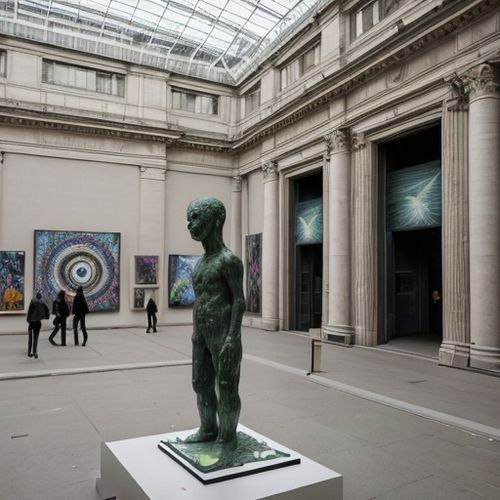
By Jessica Lee/Apr 12, 2025
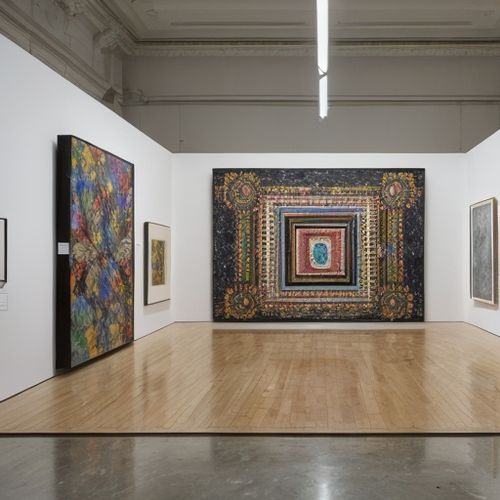
By Daniel Scott/Apr 12, 2025
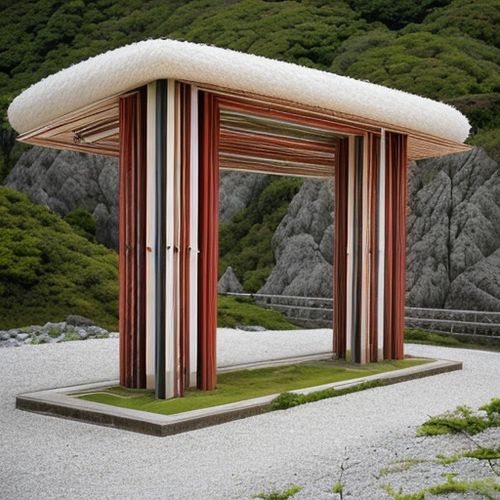
By Megan Clark/Apr 12, 2025
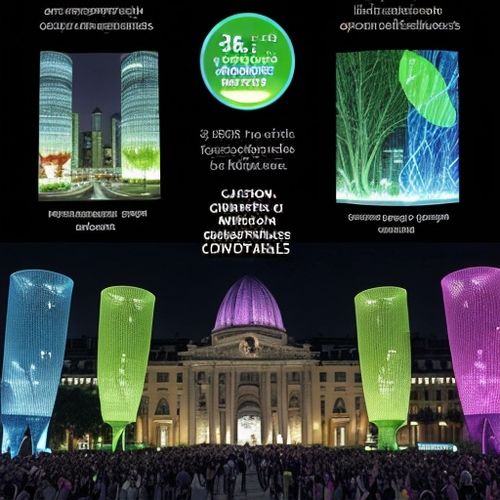
By Elizabeth Taylor/Apr 12, 2025
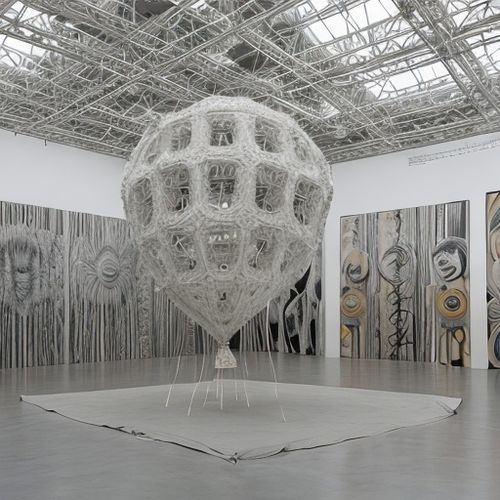
By James Moore/Apr 12, 2025
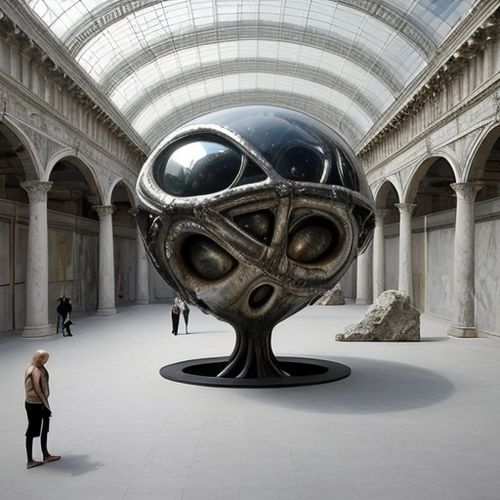
By Natalie Campbell/Apr 12, 2025
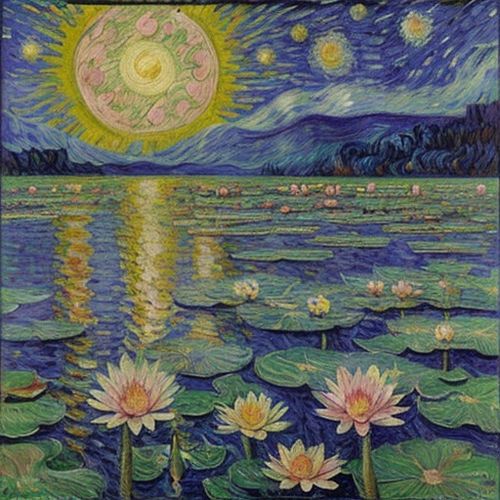
By Grace Cox/Apr 12, 2025

By David Anderson/Apr 12, 2025
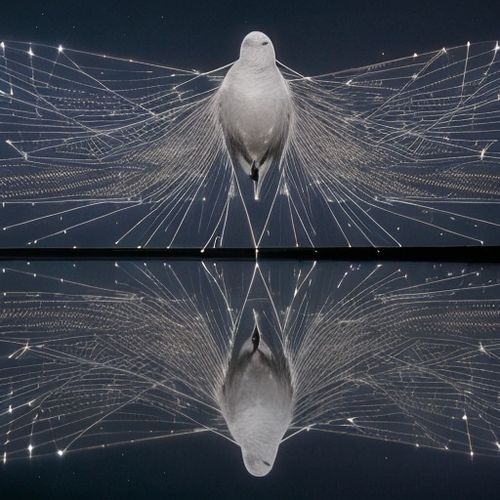
By Emma Thompson/Apr 12, 2025
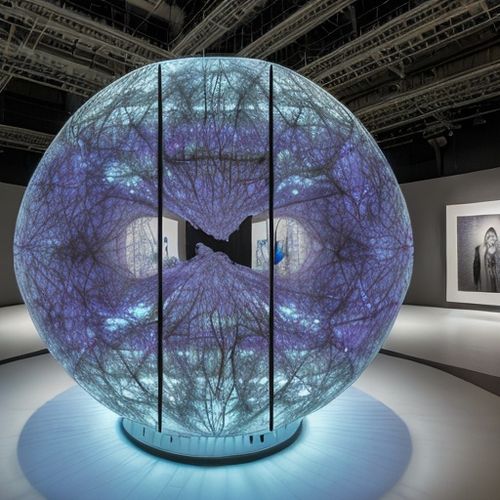
By Jessica Lee/Apr 12, 2025
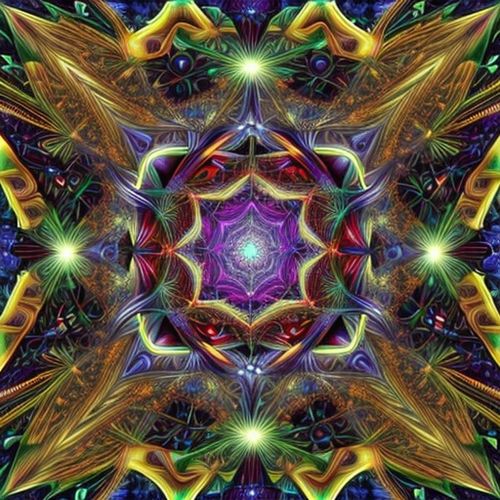
By Thomas Roberts/Apr 12, 2025
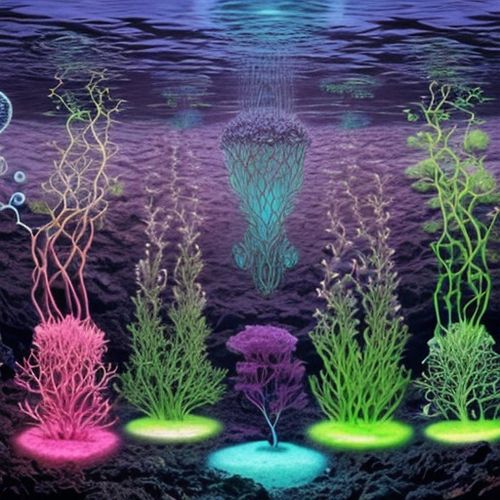
By Noah Bell/Apr 12, 2025
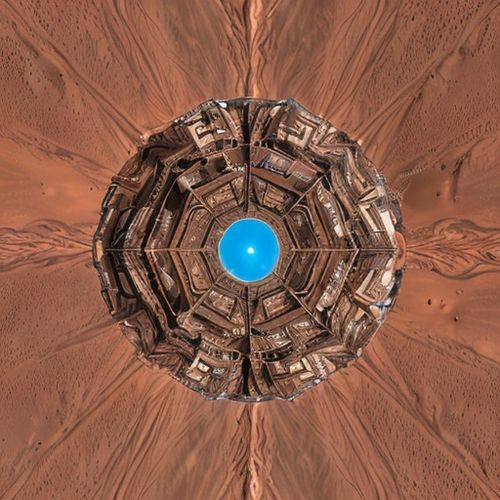
By David Anderson/Apr 12, 2025
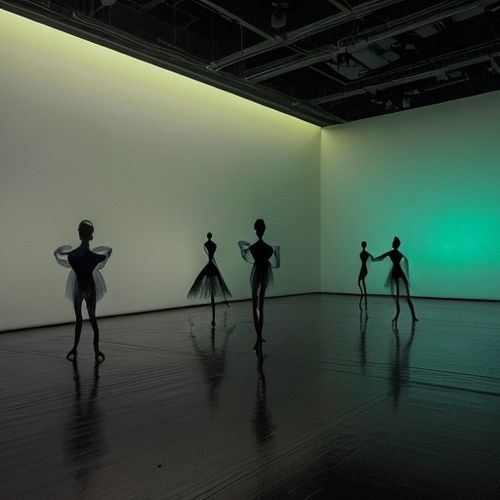
By Victoria Gonzalez/Apr 12, 2025
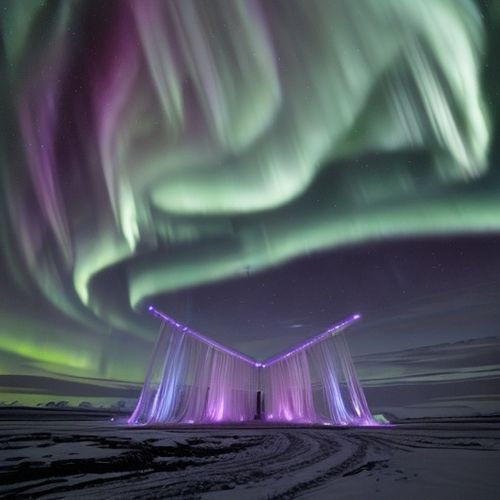
By Sarah Davis/Apr 12, 2025
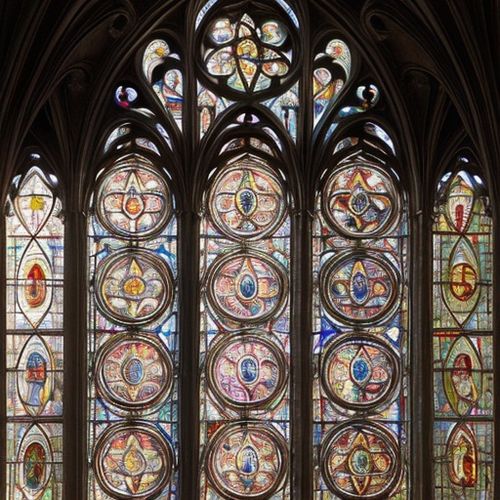
By Rebecca Stewart/Apr 12, 2025
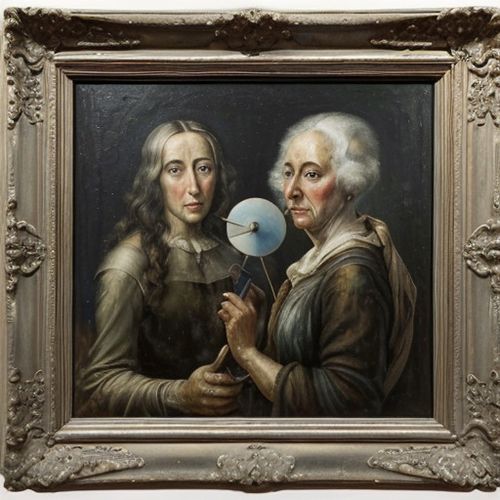
By James Moore/Apr 12, 2025
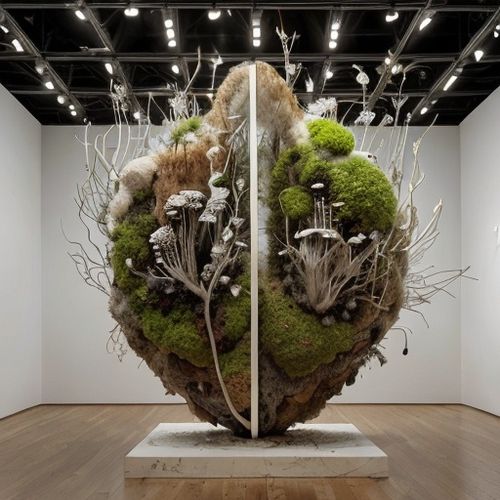
By Thomas Roberts/Apr 12, 2025
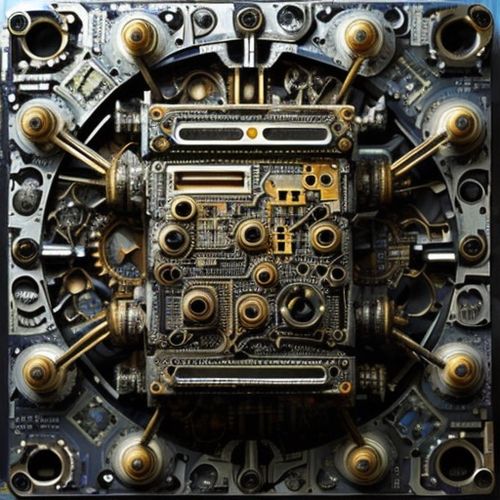
By Lily Simpson/Apr 12, 2025